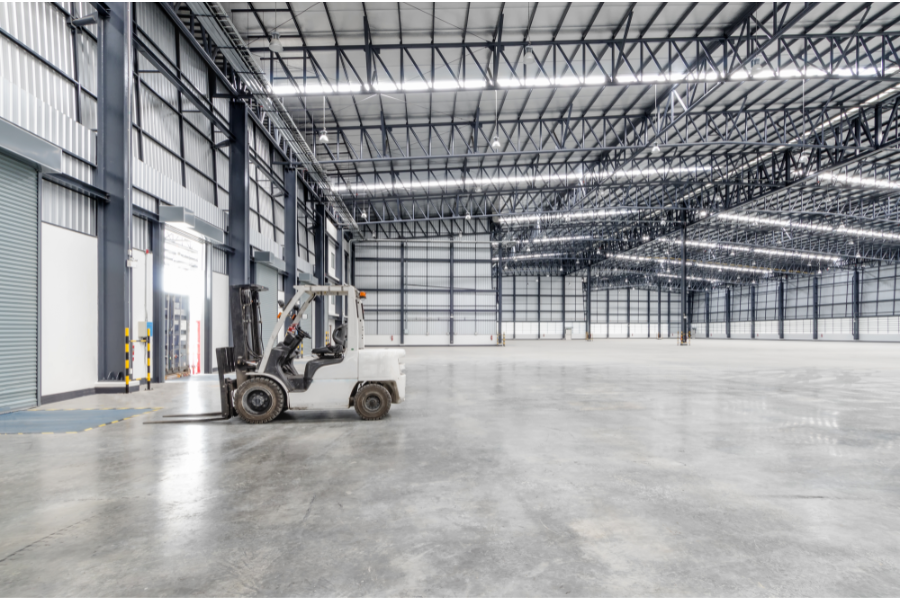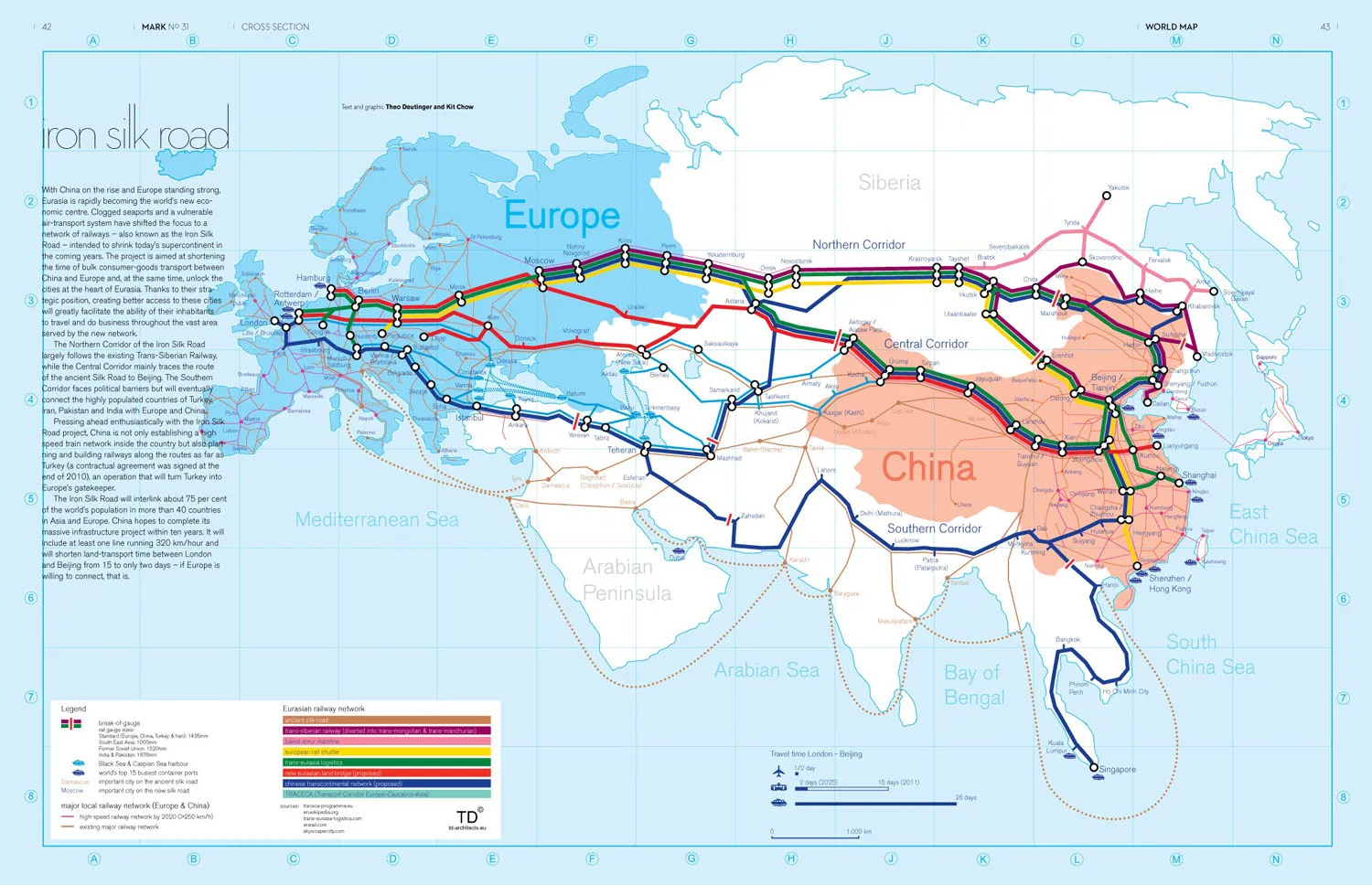European companies are well aware that if they need goods from the Far East, they have access via the Trans-Siberian route on railways. This is the northern branch of the Chinese transport route called the New Silk Road, which reaches Finland or Poland and Hungary via Russia and Belarus. Our company brings express cargo from China via this route with daily departures – cheaper than air transport and much faster than the traditional sea route.
Before the Russo-Ukrainian war, many companies considered this as the best connection between China and the European Union. Of course, the route was even shorter then, because it went through Ukraine. Due to then high sea freight rates, rail freight was much more competitive.
Fewer people know that there is an alternative to this route, namely the central corridor crossing the Caspian Sea region, reports the German news portal Logistics People Community. The new Silk Road plan was announced in 2013 by the Beijing leadership. The aim of the vision is to revive land trade links that once connected Europe and the Middle East – the original “Silk Road”.
As with grandiose developments often happens, this one also caused a lot of disappointment during its implementation. Some countries were heavily indebted as a result of Chinese loans for the investments started in their territory, while the developments sometimes do not bring the expected economic benefits.
All in all, the central corridor of the New Silk Road is one of the relatively successful projects of the plan. The Caspian Sea route originally connected China and Japan to Azerbaijan via Kazakhstan. This was supplemented by the railway line connecting the Azeri capital, Baku, Tbilisi, the capital of Armenia, and the Turkish city of Kars. From here, a well-developed railway connection leads to Istanbul, the capital of Turkey, from where European markets are accessible, led by Germany. The first containers from China arrived in Europe on this route in May 2022. However, that is not all. The countries of the Caspian Sea region, Azerbaijan, Kazakhstan, Turkmenistan, have built free trade zones, logistics centres and industrial parks in the vicinity of their ports. With this, they also want to develop the area as an independent region.
In fact that the central corridor is 2,000 kilometres shorter than the northern one and the climate in its surroundings is more favourable. It offers faster delivery on the Far Eastern Europe route. Another advantage amid geopolitical tensions is that it avoids Russia.
Source of image: http://www.chinadiscovery.com/china-silk-road-tours/maps.html
logmaster warehouse services
For our customers in Hungary and in the European Union we have about 1000 pallets warehouse space installed for temporary storage in our bonded warehouse near Budapest.
We offer value added services at our customs yard, shipment building for just in time, B2C or B2B deliveries to any Hungarian or any other destination in the EU.
For inquiries pls contact our experts, we are glad to provide you further information.

